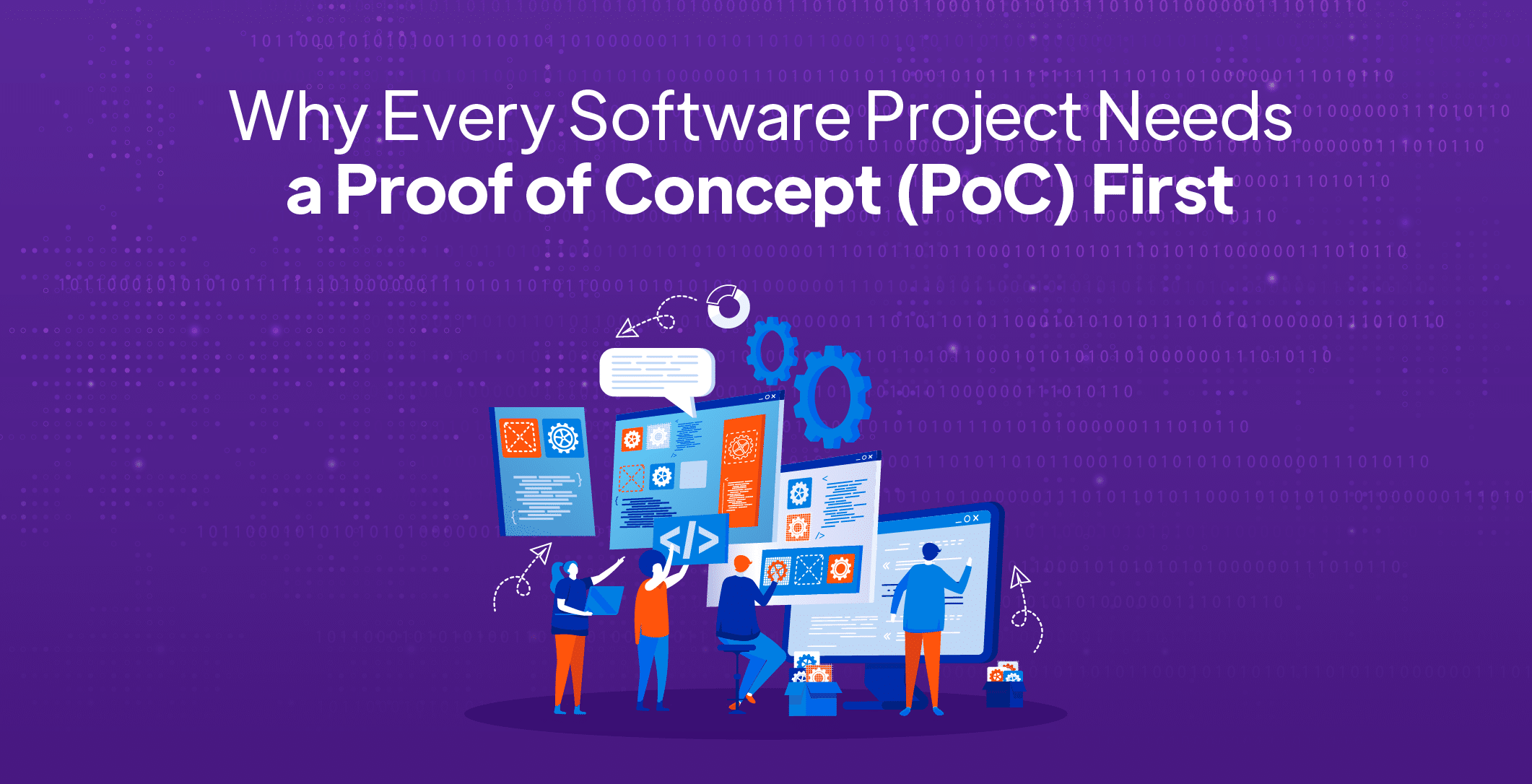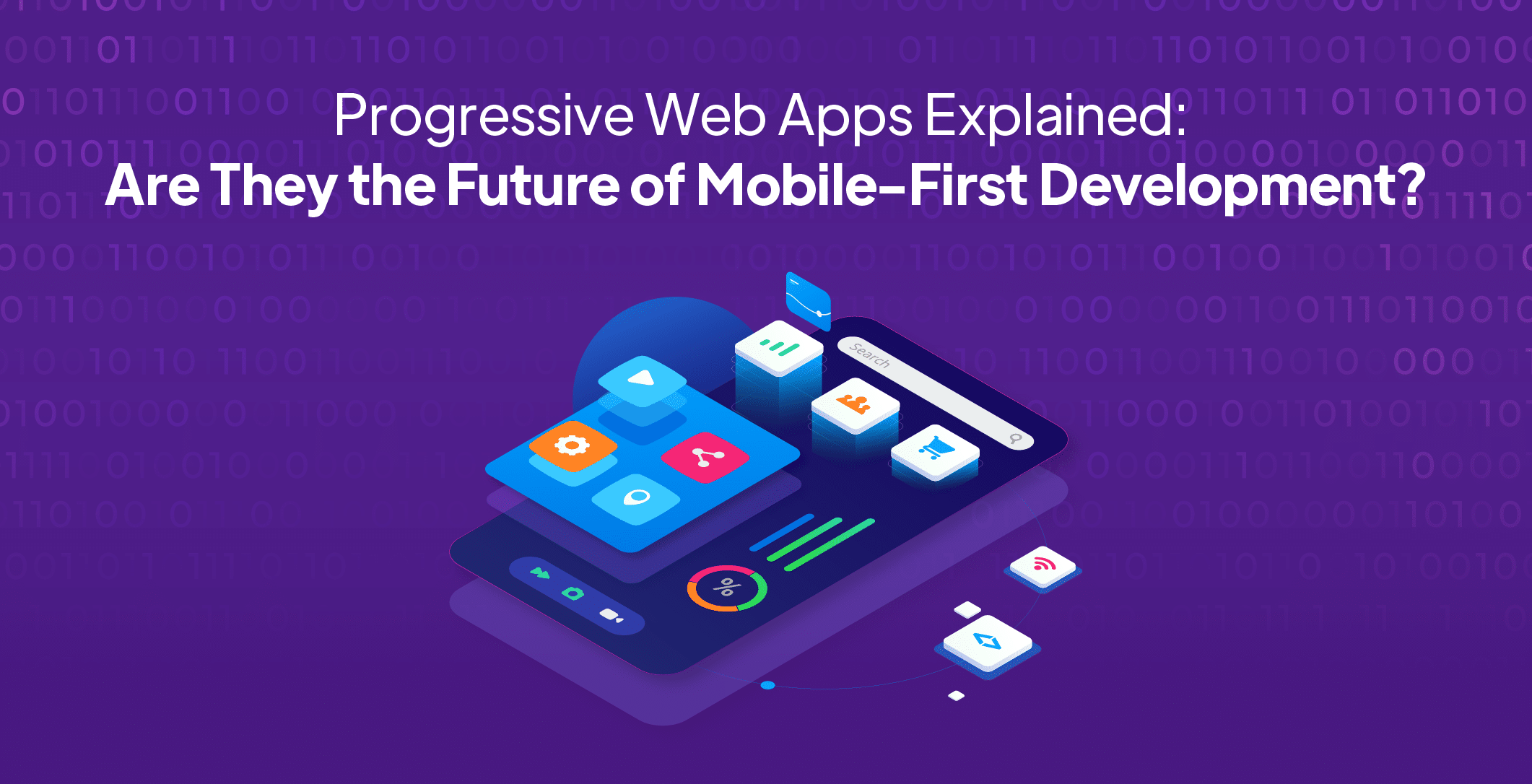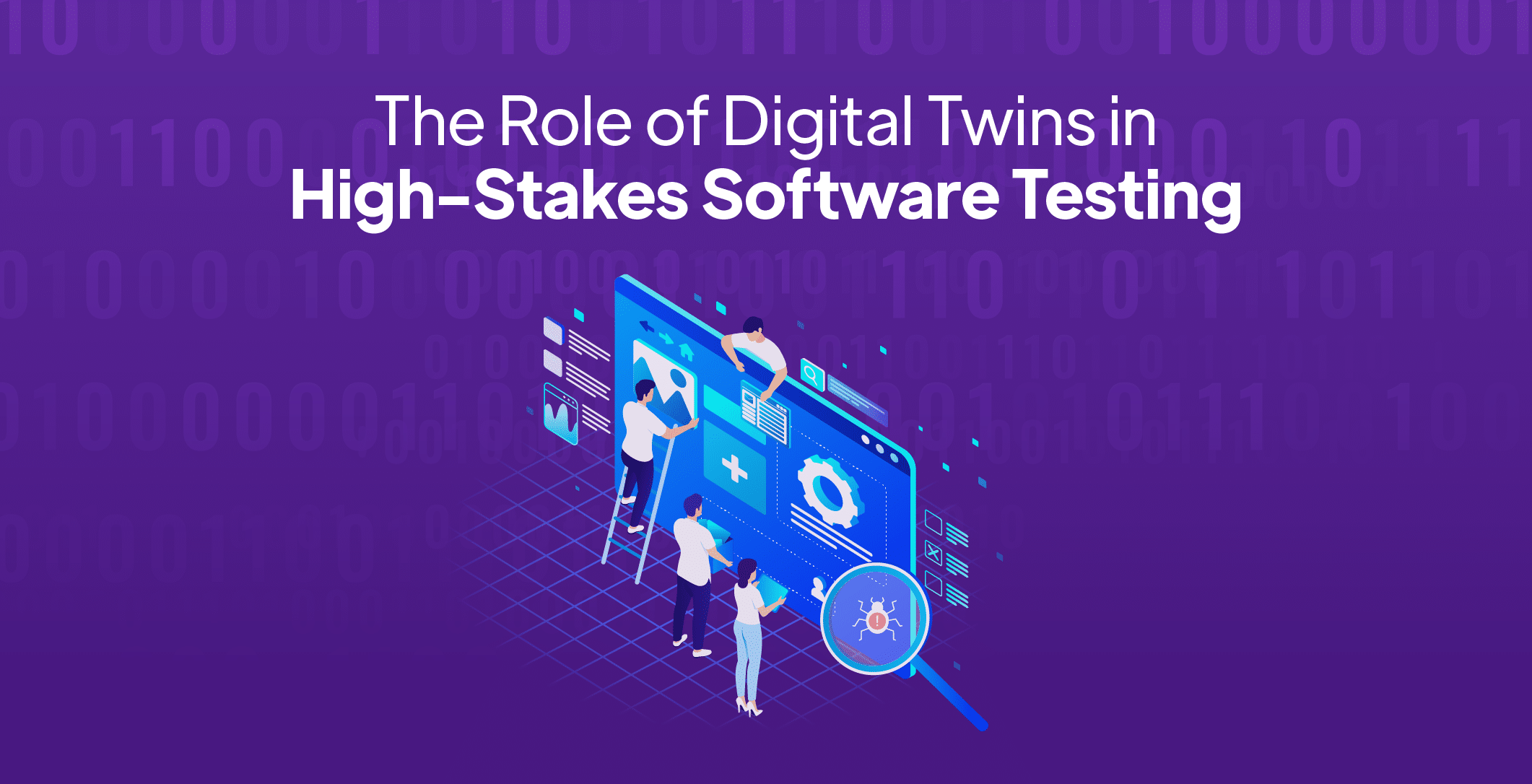What is Enterprise SEO?
Enterprises are businesses with a wide array of products and services listed on their website. It is carried out on massive levels to achieve bigger results. Enterprise-level SEO is generally considered challenging because of hundreds and thousands of web pages on the websites.
To collectively hold on to the user experience and provide the appropriate solution for what a user is searching for, it is necessary to optimize each web page with the utmost clarity.
We have listed a list of strategies for enterprises that will help in successfully executing SEO so that it creates an influential presence in search engines that can be crawled and indexed by Google and others.
Optimize the architecture of your website
Enterprises usually commit their mistakes in holding on to the customers and tend to have poor dwell time. It happens when the website comprises too many unclear elements on the website and not giving the user a clear image of the particulars. So, it is important to optimize the architecture of your website that serves the purpose of giving users the best experience as well as search engines to crawl efficiently.
- Understand the products/services: Before rushing into revamping or building a massive website, research your industry and its products. Know what components/services/products fall under which category. Think from the perspective of your target audience and define the scope of your enterprise.
- Categorize the components under proper channels: Now that you’re clear about all the factors, categorize the components under proper sections. Ensure that the sections listed are generic so that a user will be able to find their requirement without too much effort.
- Build a flowchart: To ideate the categorization, build the perfect flowchart. Take a walk-through to see if your categorization is easily available for the users.
- Lead the users through proper navigation: Check the flow of how the user will be led when they visit your website. Take them through your website step-by-step with proper navigation buttons. Do not overwhelm the users with too much fancy information at a glance.
A better-organized optimal website architecture helps in easy internal linking and is an effective way to rank the important pages and get noticed by crawlers.
Keyword research and competitive analysis:
Keywords are vital. They are the key to a successful enterprise SEO strategy. Research subject-specific keywords that are frequently used by your prospects. Each segment of the website can have a set of target keywords. The selected keywords can then be inserted across the important places on the web pages for an SEO boost.
Make sure you analyze the keywords that your competitors are ranking high. Competitive analysis is an effective way to understand audience behavior regarding a service/product and is a solid foundation for any future SEO tactics.
Put quality content on each of the web pages:
Content still matters in 2022. It is said that most users search for products/services with specific characteristics and features. There is a high chance that web pages that contain less information about a product/service can leave the potential customer confused and doubtful.
- Optimize your content around USPs: Apart from the general descriptions, conduct intense research for each of the web pages, related products/services, and their USPs. Framing content around the strong points helps in giving clear information to the users as well as indexing the web pages. The clearer the information, the more effective the indexing process and this leads to good SEO ranking.
- Use language targeting end-user: Avoid using too much content with lots of vocabulary. Simplify the complex information so that the end-user can comprehend them effortlessly and get an idea of the value addition you’re offering. With Google’s “frequently asked questions” and “people also ask” segments, know how the user googles it without giving too much importance to extravagant words. The simpler the tone and language, the easier for search engines to snippet your content.
- Identify web pages with thin content:
Thin content (doorway pages, low-quality affiliate pages, shallow pages with scraped content, and automatically generated content) can harm the credibility of proper information on your page. Identify these pages that provide no value to the user and clean them.
Also, google warns that there are all chances of a web page getting removed from Google Index if it provides no or less value to the user. The proper guidelines can be verified through Google Webmaster Guidelines.
- Quality content means much more than only “text”
Quality content can be in the form of videos, infographics, audio and videos, interactive images, games, worksheets, e-books, whitepapers, podcasts, etc.
Prioritize the quality content other than the texts. Videos play a crucial role to outrank competitors’ pages and give a boost in rankings. Include the content format that is engaging to the users and serves the purpose of information and entertainment.
Play strong on Technical SEO
Technical SEO gets deeper as we go on implementing it. Apart from quality content and site architecture, there is a necessity to tell search engines that your page is better compared to all the competitor pages. So, it is vital to understand how search engine work and how they allow your web pages to be crawled and indexed before you begin to perform technical SEO.
- Do not go easy about site audits:
A Site audit basically gives you an overview of all the malfunctions happening on the entire website. Conduct the site audit periodically to identify the potential risks and low performance that are negatively impacting SEO.
- Site speed: Site speed is the crucial factor for any website that aims for a good user experience. It is a major KPI that helps in ranking a website well. Check the site speed with Google PageSpeed to identify what’s hindering its performance.
- Canonical URL’s – Optimize the canonical URLs. Canonical URL tells the search engine which is the master copy that has original content in it and which of the web page is a duplicate URL. This helps in giving the best experience to users by straightaway making them accessible to relevant information.
Checking up with canonical URLs can help search engines to differentiate your website if similar pages on different domains exist.
- http://zerozilla.com
- https://www.zerozilla.com/
- http://zerozilla.com/
- https://zerozilla.com
- https://zerozilla.com/
All these URL’s can be directed to one URL https://www.zerozilla.com
- Structured data/ Schema mark-up
As the name suggests, structured data is optimizing the information of your webpage through special elements that can differentiate your information from the rest.
Giving a detailed structure or a hierarchy for your information by adding specific elements on the web page will help search engines to understand your pages better in turn helps in better crawling and indexing.
“Rich snippets” are the results of Structured data or schema mark-up optimization that are a great way of holding on to the consumers at a glance.
- Mobile-first design
The website should be more responsive w.r.t to mobiles. According to the study mentioned in “Mobile-first shopping statistics” by Think With Google, 63% of smartphone users said that most of the surfing happens through their mobiles since it is handy and convenient. It is absolutely necessary for the enterprises to optimize their pages for the mobile-first approach that leads to effective crawling and indexing, in turn, the better rankings
- Lazy loading is effective
Lazy loading is a user-friendly strategy for pages containing heavy content. when the user clicks on the webpage, the first 20% of the page can be loaded quickly, and by the time user finishes glancing at the 20% of information that has appeared, the rest of the information on the pages can be loaded eventually.
Ex: If you have the information mixed up with text, images, or videos – Optimize the page to load text first, later the images followed by videos.
Internal linking and external linking
Enterprise-level websites will be accumulated with 1000s of web pages and crawlers will be lost searching the information from your website. Internal linking refers to leading the users from one page to other relevant pages within the website. The ideal number of clicks reaching any page of your website is 3. In 3 clicks user should be able to roam around your website and reach the desired page.
Make understandable clusters and interlink within the web pages. This helps in easy crawling as well as provides convenience to users.
Other than your website, users also rely on different related information. You never know when the user feels the need for information. Distribute and make your information social through multi/Omni channel strategies. Let users know that you exist!
Conclusion
Search engines and their ever-changing algorithms make the world of SEO intense. Normal websites that contain very few pages can make it to good search results. But enterprise websites like e-commerce need to work extensively on On-page SEO strategies.
Enterprise SEO is a massive effort that has to be carried out by various levels of SEO strategies. We have covered the major steps of enterprise SEO that are worth testing.
Looking for an expert digital marketing company to strengthen your marketing landscape? Talk to one of our experts.




